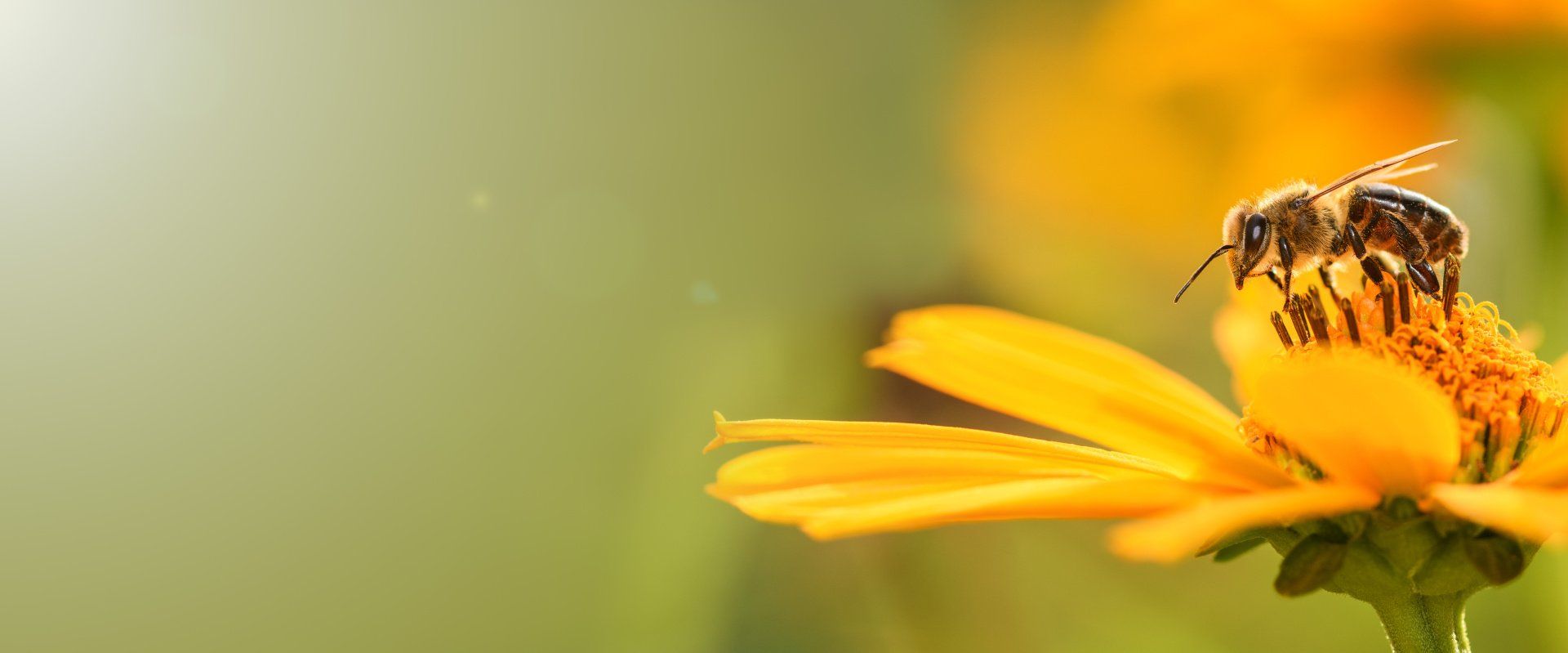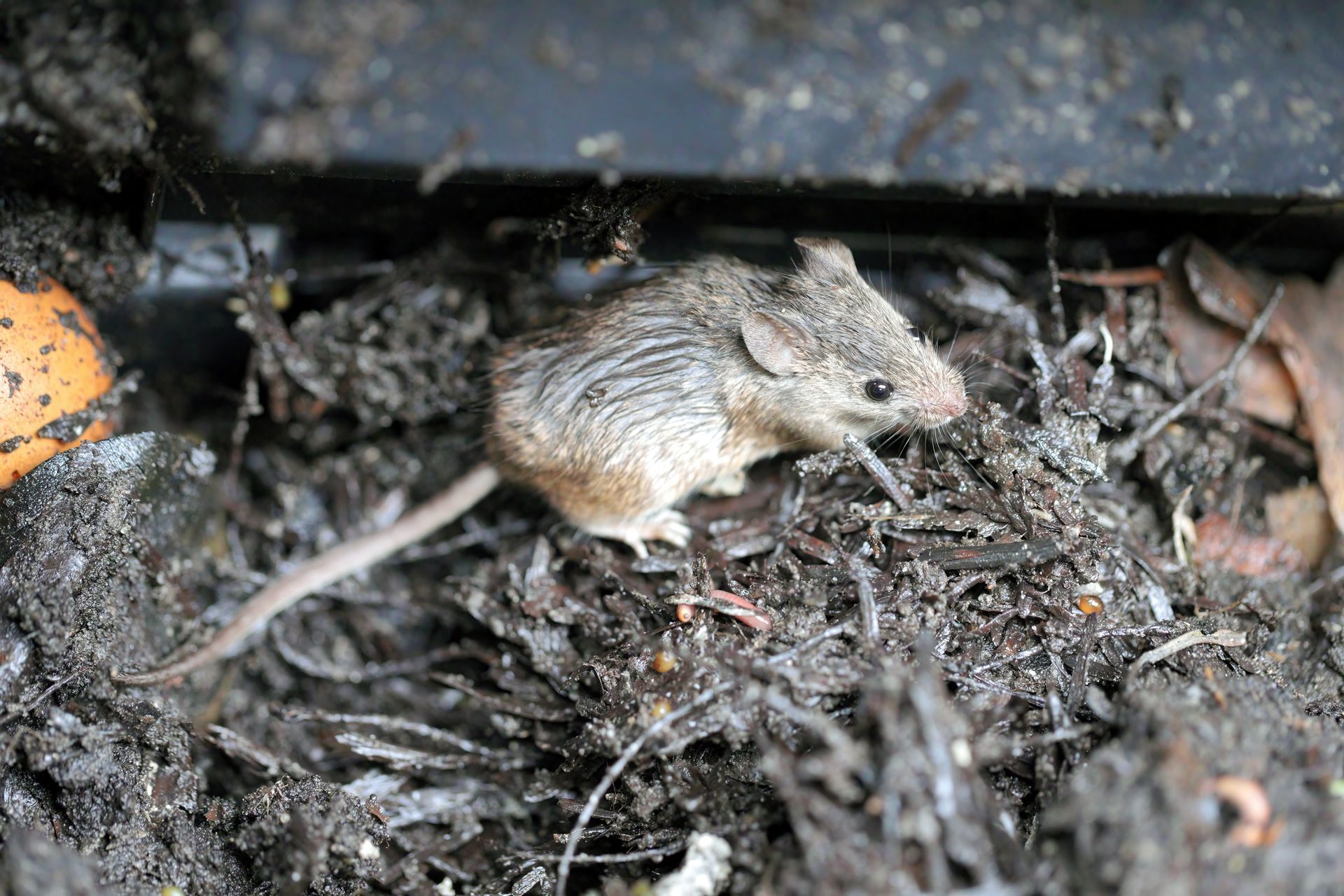Are Honeybees Endangered Species In The US?

Day to day news frequently covers the damage that humans have on pollinators like bees and the long-lasting devastating impacts that those damages can have on our future. With all of the negative news, bees must surely be endangered, right? Well, it turns out, bee population data indicates that honeybee populations have started to recover with only a handful of bee species actually making the endangered species list. However, evidence does support that current trends threaten thousands of species of native bees with up to 40% of pollinators facing extinction if threats like climate change and pesticide over use are not mitigated.
Are Honeybees Endangered?
Honeybees are not currently on the endangered species list since they are a managed species with large populations under the care of beekeepers. This provides them with a slight advantage as their hives are often maintained and cared for by professionals. Even with this advantage, bees previously experienced some problems which threatened the safety of bee populations. These events drew attention from major media outlets which paved the way for stories that focused on pollinator health. It has been several years since these problems occurred and honeybee populations have since recovered and continue to remain stable. Studies conducted in 2017 indicated that bee numbers were close to historical highs. Since 2017, bee losses have increased dramatically but colony numbers have remained relatively stable due to managed efforts to expand bee populations to offset increasing losses.
What is Colony Collapse Disorder?
In 2006, honeybees were experiencing a rapid rate of loss caused by a phenomenon called Colony Collapse Disorder (CCD). CCD was the result of bee colony populations suddenly disappearing as worker bees would fly away and never return to the hive. Beehives depend on worker bees to return with food to sustain the queen, larvae, and other bees. When the worker bees failed to return, the other bees and larvae would starve, and the queen would produce fewer eggs. If a colony was able to make it through the fall months, they would normally starve over the winter causing colony die off by spring. This led to significant concern amongst beekeepers, farmers, and the media who reported on bees becoming endangered as a result of this phenomenon. This disorder was said to be caused by an increase in pesticide use which was detrimental to the health of honeybees when in fact it was caused by a combination of stressors including pesticides, parasites, weather, and lack of resources. This unusual phenomenon lasted for about 5 years and eventually faded in 2011 before honeybee populations rebounded and set all time high records in 2012.
Are Bees Endangered in the United States?
While honeybees are not currently listed as endangered, the same cannot be said about some other native bee species. In 2016, seven different species of Hawaiian yellow faced bees were put on the endangered species list. That was followed by the rusty patched bumblebee in 2017. Currently, there are efforts to include the American bumblebee on the endangered species list due to an 90% decline in the species’ populations. There are also increased efforts to understand how other wild bee species are being impacted. There are over 3,600 different bee species in North America, many of which are experiencing a similar state of decline and are feared to be on the brink of extinction. Unlike honeybees, several of the bee species who are facing extinction are solitary bees and not social insects with large colonies to help offset population loss.
Why Are Bees Endangered?
For a long time, bee population decline was thought to be caused by unsafe pesticide usage. While this is partly true, the biggest factor that impacts bee population decline now is climate change. As a result of climate change, we are seeing increases in habitat change and natural disasters. Not only has climate change caused a shift in weather patterns causing more intense storms and heatwaves, it also is causing droughts and wildfires which are all detrimental to the health of bee populations. In addition, climate change is causing shifts in when seasons start and stop. The timing of spring has experienced wild fluctuations with spring coming too early or too late. If spring starts too late the colony can die from hunger as the last of the previous year’s stockpiles are completely drained. Sometimes a late winter will experience a warm snap which causes plants to bloom early and bees to come out of lying dormant. The problem here exists when the warm snap ends and temperatures drop again causing plant life to die off and bees to starve. Climate change is rapidly changing the landscape in which bees used to thrive and it is making it difficult for bee populations to recover after extreme circumstances cause widespread die off.
The second largest impact on bee population declines are humans. Humans contribute largely to habitat loss and pesticide usage. In attempts to create healthy food resources, humans utilize monoculture crops which require heavy pesticide and herbicide usage to maintain. These monocultured crops reduce biodiversity, limit the range of nutrition bees need, and infect local bee populations with their pesticide use.
The other major threats to bee colonies includes parasites and disease. Bees must remain healthy to thrive but parasites like tracheal and varroa mites and diseases like deformed wing virus and chronic bee paralysis virus (CBPV) pose a significant threat to bee colony health. Tracheal mites are an internal parasite that eventually kill off individual infected bees while varroa mites live in the beehive and introduce serious diseases to developing bee larvae. These mites can introduce deformed wing virus which prevents the proper development of wings in bee larvae and CBPV. CBPV causes infected bees to experience tremors and eventually prevents them from flying. This disease can quickly overtake a beehive causing all of the bees to die in mass in a week’s time. These contributing factors all impact bee colony health worldwide.
Why Are Bees Important?
The reason bee population maintenance and overall bee colony health is so important is because bees are some of the world’s most effective pollinators. The have a symbiotic relationship with local native plant life in which the bees are fed and a plant’s reproductive cycle can continue. Bees require a diverse spectrum of nutrition, so they need lots of biodiversity to get the nutrients they need. They move from plant-to-plant depositing pollen from a female plant onto the receptors of male plants as they search for nectar and pollen to feed on. This process allows female plants to start the process of producing fruits or seeds. This process is necessary to grow food and without it, humanity will likely suffer from higher costs of food due to failing crops. Bees support a large share of global agricultural land which is why global bee populations disappearing is extremely problematic for humans.
What Happens if Bees Become Extinct?
Honeybees are estimated to support over 80% of the world’s pollination. If bees were to become extinct, the plant life that depends on bee pollination would not survive. This in turn would have devastating impacts on ecosystems and food chains around the world. There are several plants that are self-pollinators that would survive, but the disappearance of all pollinated plants supported by bees would have resounding impacts on the health of bug and animal populations around the world. This in turn would have impacts on the predators that feed on them and beyond. For humans, it would result in a global food crisis, as many of the fruits and vegetables people depend on for nutrition would disappear.
How to Help Struggling Bee Populations
Honeybee populations may not be endangered, but it is still important to do what you can to help support honeybees and other native bees. By helping where we can, bee populations have the best chance of survival. Individuals interested in helping can grow pollinator friendly plants like sunflowers, basil, rosemary, squash, melons, berries, and tomatoes. It is important to grow these flowering plants organically and without the use of pesticides and herbicides. Buying organic produce also puts your dollar in the hands of farmers who do not use pesticides and buying local honey ensures that small scale farmers within your community are given the resources they need to support local bee health and population growth. If bees are found, it is important to leave them alone. If a beehive is found and presenting a problem, it is important to relocate the bees instead of killing them.
Contact Professionals for Bee Removal to Ensure that Bee Colonies are Kept Alive
It is absolutely critical for our environment that bees are kept safe and allowed to thrive. However, there are risks that come with interacting with bees. Sometimes these risks can be much more severe if there is an allergy present. If the location of a beehive or the presence of bee activity is problematic, professional bee removal services should be enlisted. The team at EcoGuard Pest Management has trained bee removal experts who can inspect your property to find where bees are hiding and then remove a hive if necessary.

















